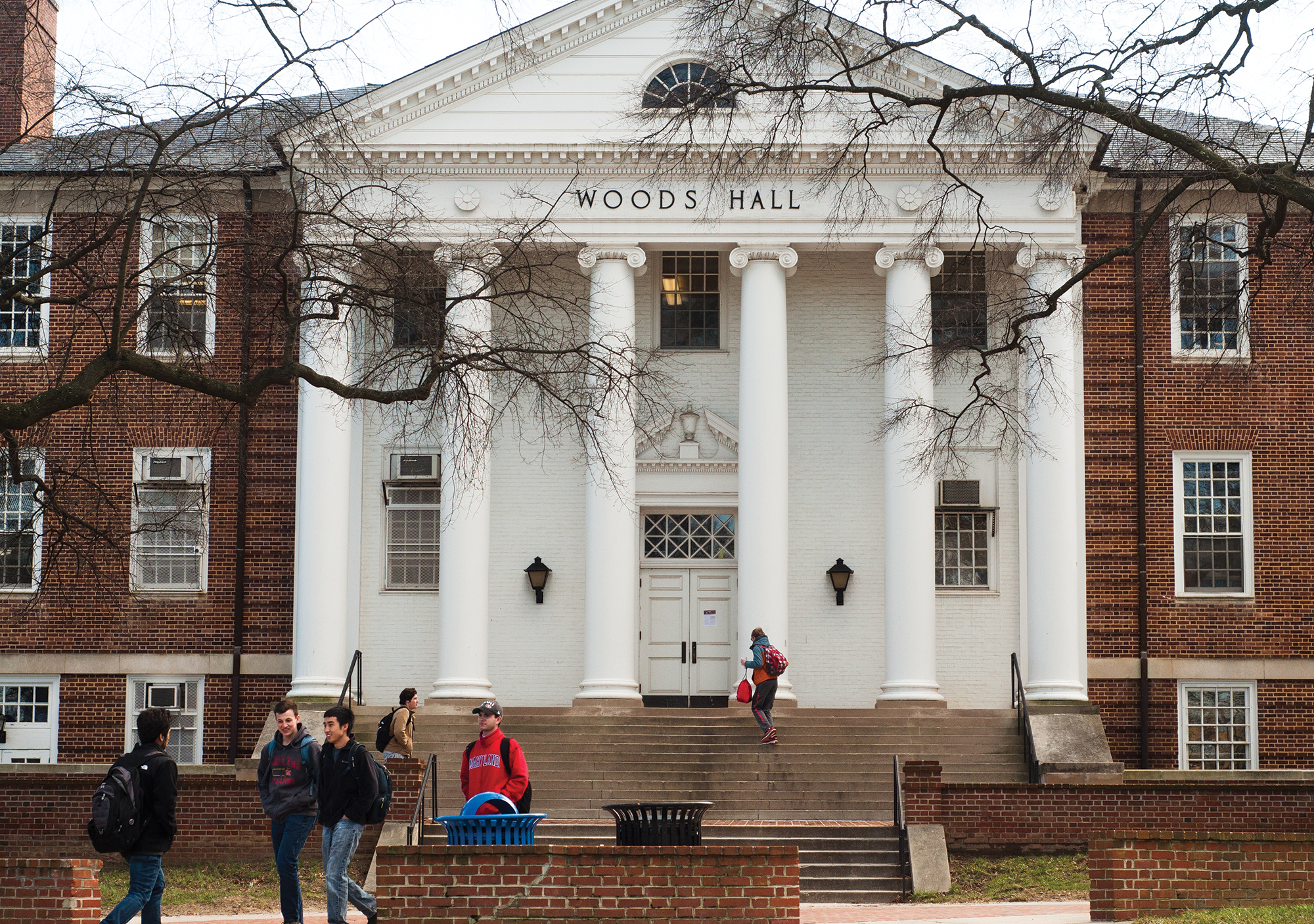Next fall, Katie Boyle will be the first student enrolled in an American master’s program in applied anthropology and historic preservation.
This university will offer this program — the first of its kind — beginning next fall. Boyle, an intern at the Museum Resource Center at the National Park Service, said she is excited about the versatility and opportunity to help “get the kinks out” and create a solid program.
The new master’s program is a collaboration between the behavioral and social sciences college and the architecture, planning and preservation school, according to the anthropology department website.
Combining these programs seemed natural, as many students looking for jobs have benefited from having experience in both anthropology and historic preservation, said Paul Shackel, the chair of the anthropology department.
“Creating the dual degree actually provides students with this amazing toolkit to go out there on the job market,” Shackel said. “It just gives them a much broader experience and broader background.”
There are overlaps between the two programs, Shackel said. Anthropology focuses on below-ground resources, using concentrations such as archeology, as well as heritage related to larger communities. Historic preservation focuses on the work above ground, such as architecture, Shackel said.
Students inspired this new program by showing an interest in connecting the two fields, said Don Linebaugh, director of the graduate historic preservation program.
“We really took that interest and responded to it,” Linebaugh said.
Nadine Dangerfield, assistant director for the anthropology department graduate program, said the new program is exciting because it’s “appealing to a broad range of students.”
The program will have a soft opening in the fall of 2016, which means students already enrolled in the anthropology graduate program can apply. However, the formal deadline has passed for the fall, Linebaugh said, and all students can apply for the next official admissions cycle for fall 2017.
Having a student already admitted into the program despite it only being about a year since conceptualization is important to the program’s success, Linebaugh said, because usually new programs do not receive much attention for a few years.
“I’m really excited we’re going to be able to not only implement the program from a bureaucratic perspective, but to get a student into it and try it out right away.” Linebaugh said.
The strong relationship between the faculty of the historic preservation and anthropology programs helped allow them to create this program so quickly, Shackel said.
“It’s taken time to build a relationship, and so we thought that this would be a nice opportunity to develop something that was unique,” Shackel said.
Although Boyle is the first student, Dangerfield said she has already heard from others interested in gaining experience in both historic preservation and anthropology.
“We probably have a lot of students who are interested in both [programs] and now they can earn a degree in both easily,” Dangerfield said.



